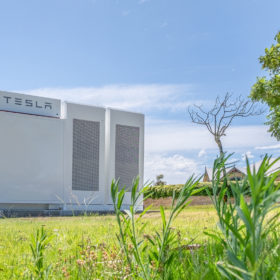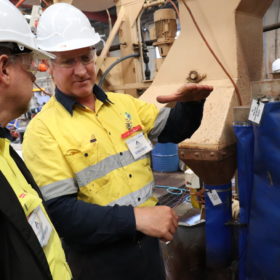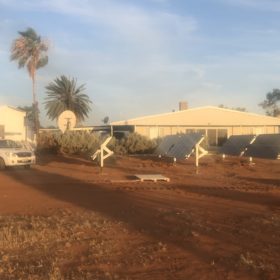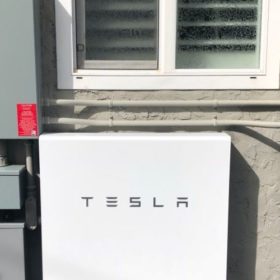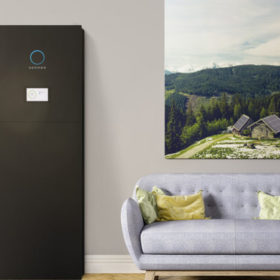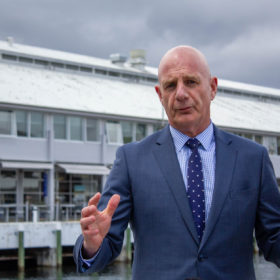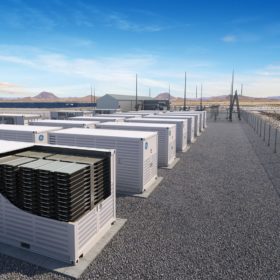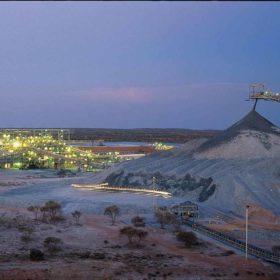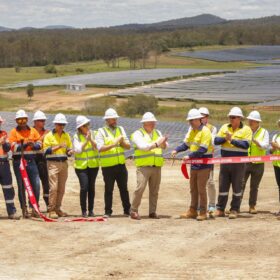Perth’s first utility-scale community battery
Synergy and Western Power’s PowerBank trial has reached another milestone with the integration of a utility-scale community battery into Perth’s major metropolitan network.
Australian Vanadium boosted by federal grant
Perth-based Australian Vanadium has received another boost from the Federal Government with the award of a further $1.25 million research and development grant to fund research into improving vanadium processing.
Solar and batteries slash costs at off-grid WA cattle station
With the help of solar PV and zinc-bromine batteries, a cattle station located in the dry Murchison region northeast of Geraldton will save as much as $10,000 a year in diesel costs.
A record-breaking quarter for Tesla energy storage and an improvement in solar
The internet’s favorite energy company installed 530 megawatt-hours of battery storage in Q4, beating out the previous record, set last quarter, as well as showing continued improvement in solar installations.
Australia’s first Tesla Powerwall four years on
Sydney’s Nick Pfitzner was the first Australian to install a Tesla Powerwall to go with their residential solar PV system. Four years on and the Pfitzners are living the solar + battery dream.
South Australia’s Home Battery Scheme now open to new builds
The SA Government’s standout Home Battery Scheme is now open to new home buyers and new builds. The expanded Scheme is already off to a flying start with the Stoddart Group promising to install 10,000 solar and battery systems over the next four years to create one of the world’s largest VPPs.
New Tasmanian Premier to take on Climate Change with renewables
Peter Gutwein is the new Premier of Tasmania and the first Tasmanian Liberal Minister for Climate Change. The Premier, who has a history of rebelliousness to the party line, seeks to lead Tasmania to a renewable energy future.
Why Australia’s long term energy policy rests on battery storage
Australia has made great strides in terms of investment into renewables, yet despite the spend, we are still faced with an ageing grid and a growing number of coal power plant closures, that lack clear and sustainable replacements.
CEFC, Bank of Australia launch first green home loan program
Australia’s green bank has partnered with Bank of Australia to deliver discounted interest rates to green home builders and buyers. The green home loan is the first Australian financial instrument to use energy efficiency measurement tools to determine eligibility.
Researchers stress the necessity of stable supply of green-tech minerals and metals
The global transition to a low-carbon energy future hinges upon the sustainable supply of green-tech minerals and metals, says researchers. Australia’s reserves and export capabilities in nickel, cobalt, lithium and other rare earths mean our next mining boom could be of global existential importance.
